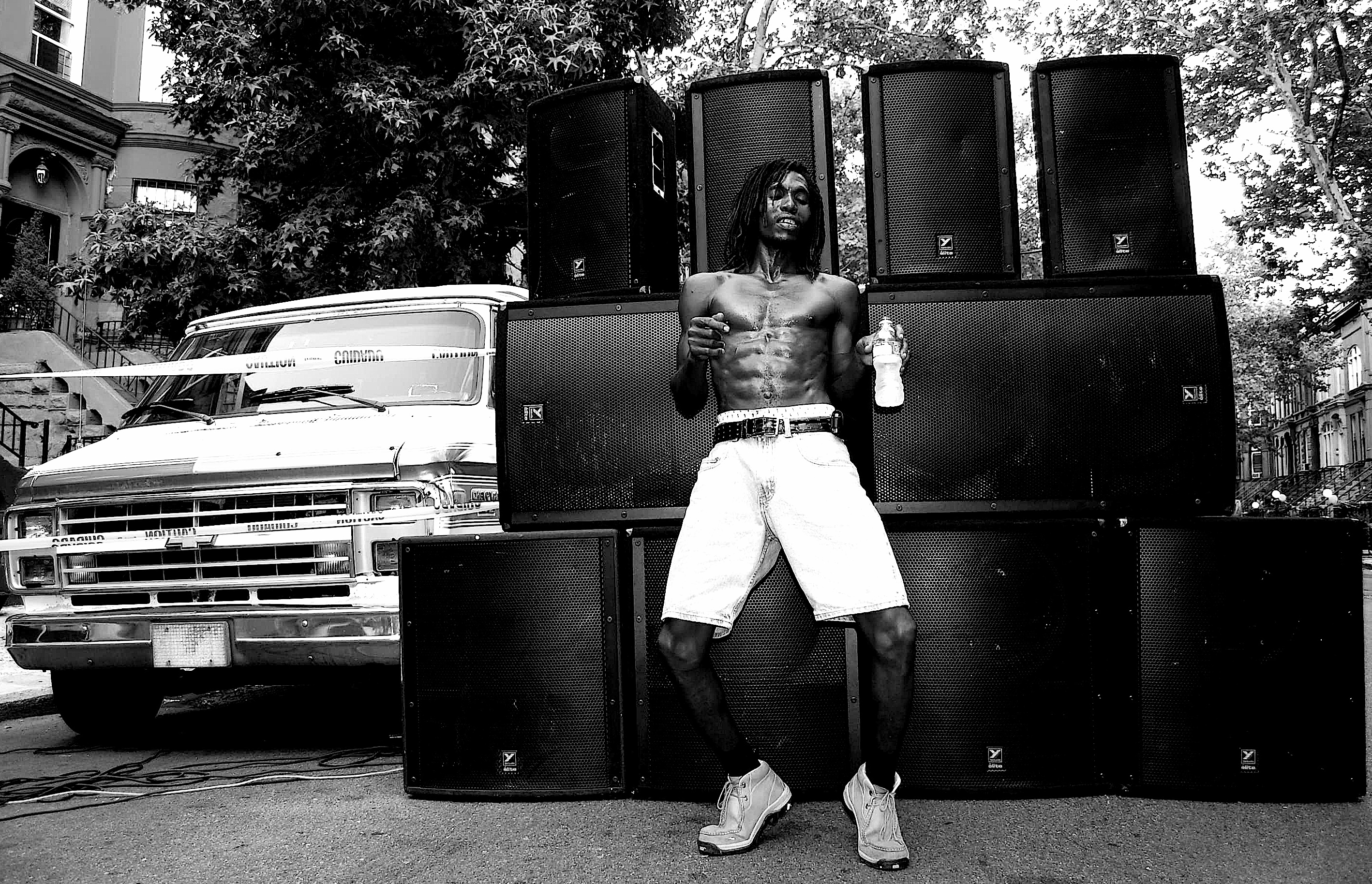It’s the worst year (so far) for music sales since the 1991 debut of SoundScan (now Nielsen Music). Album sales, including track-equivalent albums (TEA, whereby 10 track sales equal one album unit) are down 16.9 percent in the first half of this year. But sales figures no longer tell the whole story of the record business.
First, let’s bottom-line those disappearing sales. Album units overall fell 13.6 percent, with 100.3 million total sales. The compact disc continued to crumble, losing 11.6 percent and moving 50 million. Digital album sales fell to 43.8 million, from 53.7 million in the first half of last year. Vinyl sales continued to move up and to the right, growing 11.4 percent, to 6.2 million. New album releases have been most affected by the continued contraction, falling 20.2 percent overall, to 44.1 million units. Catalog albums fell “just” 7.7 percent, to 56.2 million.
Track sales also dropped, to 404.3 million units from 531.6 million units. Current track sales are leading the descent; songs released in the last 18 months saw sales fall nearly 40 percent. Catalog, again, saw a much smaller dip, down 6.4 percent to 236.6 million units.
Listeners streamed 208.9 billion songs (which translates to 139.2 million album units) between January and now (July 6), an increase of 58.7 percent. Of that 208.9 billion, 113.6 billion were audio-only, versus 95.3 billion video streams (defined as a music video view on YouTube, Vevo, Tidal and Apple Music — of which the latter two contribute a very small piece). It’s the first time audio has surpassed lower-paying video streams.
What’s that all mean?
Billboard estimates total U.S. revenue at $1.98 billion so far this year, versus $1.82 billion last year, an corresponding 8.9 percent increase. However, the rate that Billboard uses to estimate the revenue generated by streaming ($0.0063 per song), which is clearly a central part of the revenue estimate, has been disputed as too high by some indie labels.
Drake is clearly the year’s winner so far. The rapper’s newest album, Views, was consumed 2.61 million times — 1.3 million album sales; 317,000 track-equivalent albums and 979,000 stream-equivalent albums (SEA, whereby 1,500 streams equal one album unit). Drake’s is one of just three million-selling albums so far this year, topped by Adele’s 25 at 1.4 million in album sales and Beyonce’s Lemonade at 1.2 million.
Drake is also the year’s best-selling digital album, at 1.4 million units moved. David Bowie’s final record, Blackstar, sold nearly 57,000 LPs, making it the year’s best-selling vinyl album. Flo Rida’s “My House,” with 1.95 million track sales, is the best-selling song of the year and just one of 16 total songs to sell over a million so far (27 had hit that mark by this time last year — six of those had tipped 2 million). The year’s top 200 tracks have scanned 83.8 million units in total.
The most common place for people to purchase albums and songs was, unsurprisingly, at digital retailers, which captured 43.7 percent of the album market (and which, obviously, saw overall sales decline by 18.4 percent, to 43.8 million album units). Surprisingly, “non-traditional” CD retailers, like Amazon and supermarkets, saw an 8.3 percent growth in sales.
Executives that Billboard spoke to at the end of 2015 pointed, in no shock, to streaming as the main culprit in the sales cull, particularly song sales. An streaming is booming.
For the year, total album consumption — which includes TEA, SEA and overall album units — totaled 279.9 million units in the first half of 2016, up 8.9 percent, clearly driven by streaming.
Correction, 4:02 p.m. ET, July 6: This article originally misidentified Drake’s Views as the half-year’s highest-selling album, and that album as the half-year’s only million-seller. Both Adele’s 25 and Beyonce’s Lemonade have sold upwards of one million albums. Drake still leads the year in overall consumption. These have been corrected in the article above. [Billboard]


